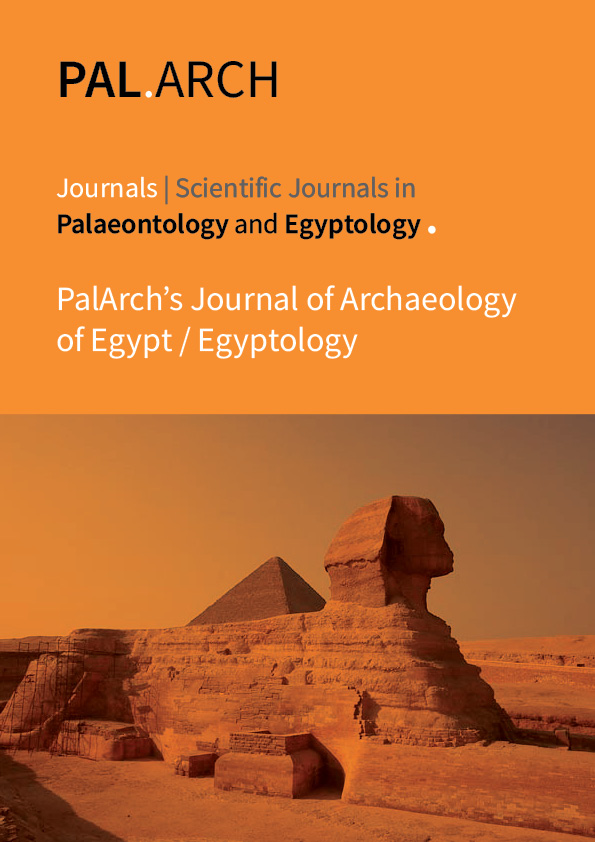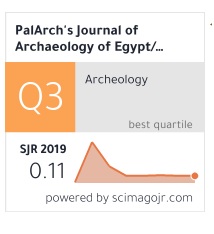FEMALE TRAFFICKING: STRATEGY IN PREVENTION
Abstract
The purpose of this research is to construct a model of female trafficking prevention basing upon
economic empowerment. The study focused on strategy in prevention. The method used is
Participatory Action Research. Quantitative data were collected by distributing questionnaires to 250
participants about community knowledge of trafficking. Qualitative data were obtained by
interviewing to a male traffickers, 2 government officials, 5 community members, and 1 victim. This
study applies percentage analysis to know about quantitatively about knowlegde trafficking while
qualitative approach is intended to demonstrate how to prevent female trafficking. They had lack of
knowledge on human trafficking. The researcher designed the strategy to prevent women trafficking
and how to implement for primary and secondary methods by government and community. To reduce
trafficking, cooperation between the government and the community is needed to deal with this issue.



